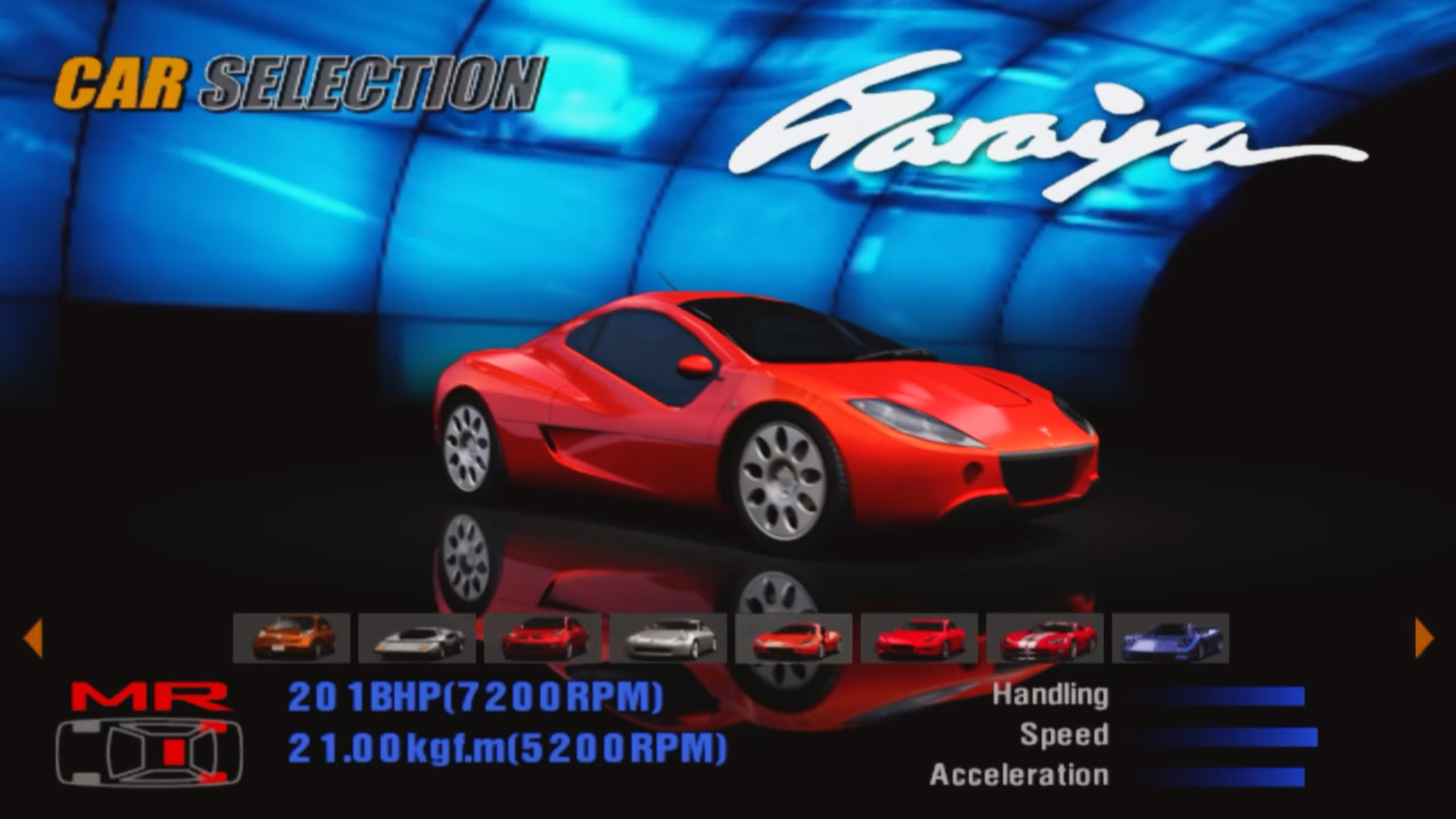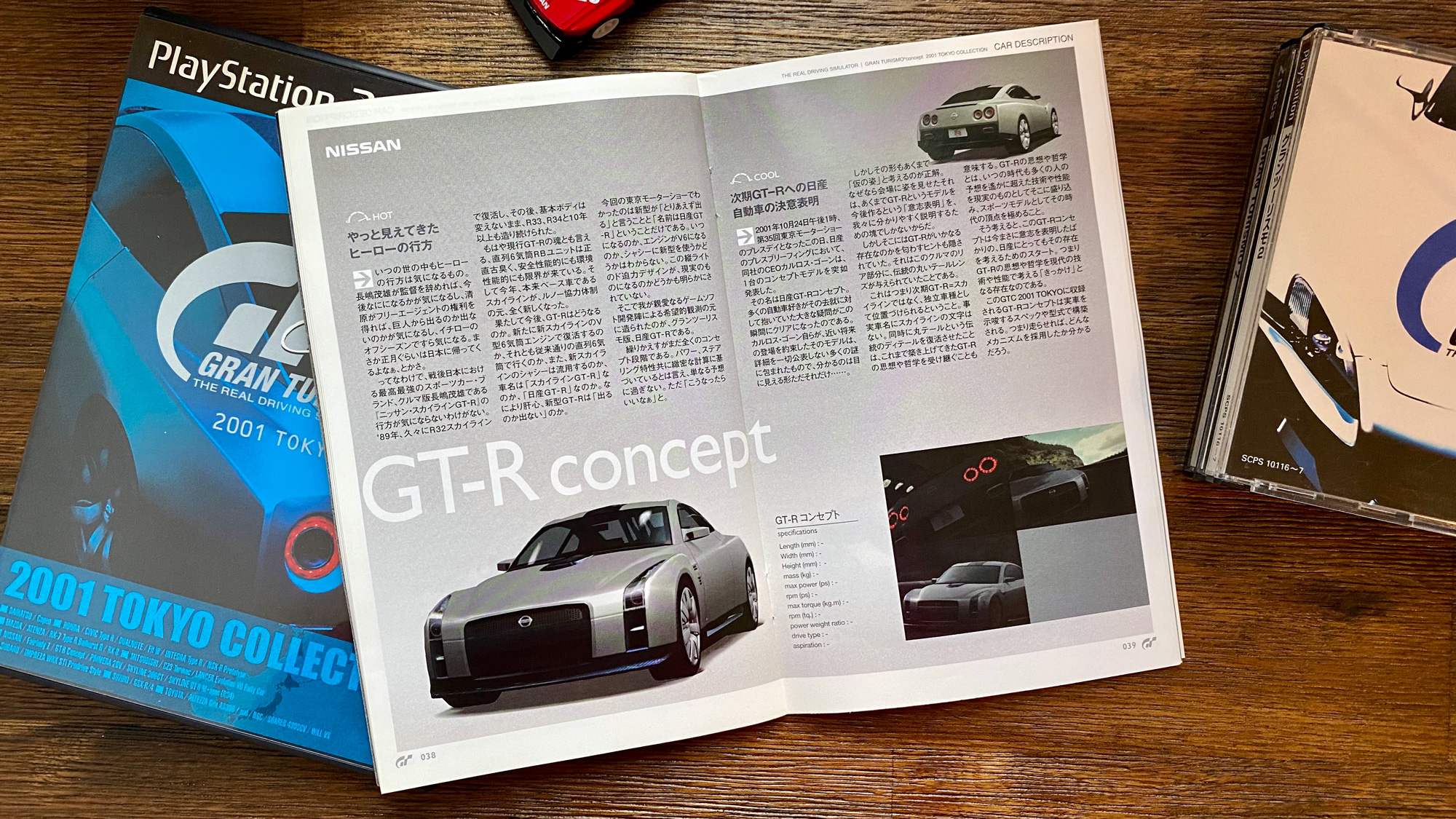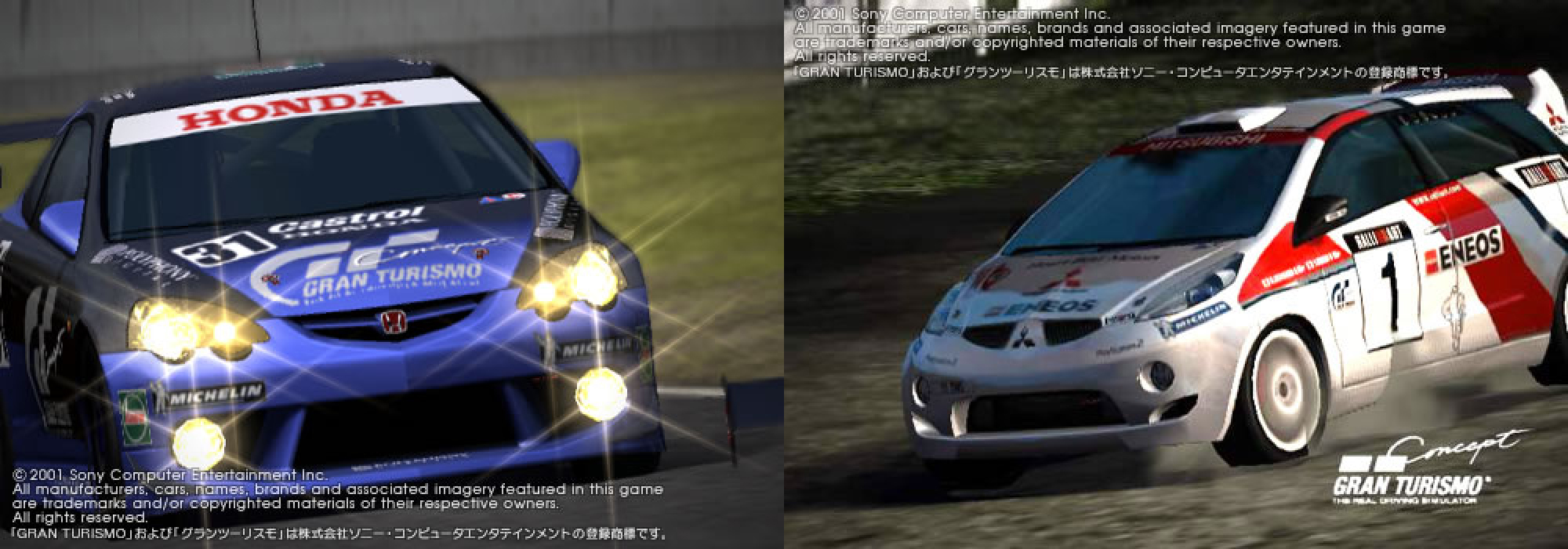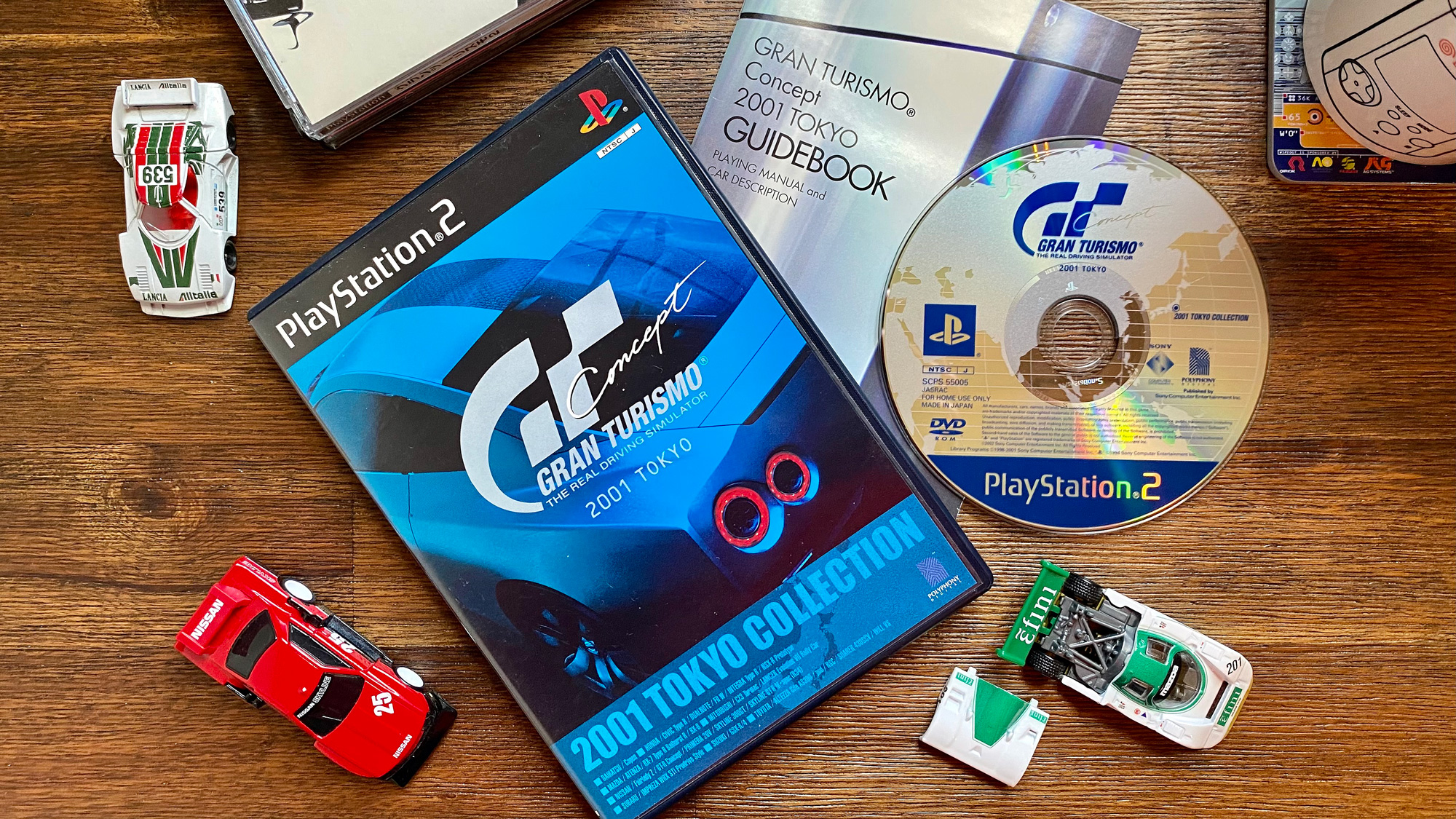'Gran Turismo' Used To Have A Brilliant Trick For Bridging Titles
Picture it: It's the early aughts, and the Tokyo Motor Show is in full swing.
Nissan has just unveiled the first of two concept cars that would, six years later, become the R35 GT-R. Suzuki has shoved a Hayabusa engine into a red-and- black roadster that resembles a Braun electric trimmer. Toyota and Sony, who I'm pretty sure ran the entire world at this point in history, have collaborated on a curious little scamp called the Pod. Festooned with RGB lights long before anyone thought to put them in PC cases, the Pod's LEDs changed color to match your driving style and mood.
It was an exciting time in the automotive world, but especially for Gran Turismo. Gran Turismo 3: A-Spec, released in the spring and summer of that year, quickly proving a runaway critical and commercial success. In fact, GT3 remains the second best-selling PlayStation 2 title of all time, beaten to the top spot only by Grand Theft Auto: San Andreas.
The game developer, Polyphony Digital, tends to deliver a new Gran Turismo about once every U.S. presidential election cycle. With GT3 having emerged earlier in 2001, it was going to be a while until Gran Turismo 4 could grace our PS2s. Fortunately, the studio had a clever plan to make that wait a little more bearable.
The year 2002 would see not one or two, but three Gran Turismo micro-games released around the world (though, regrettably, not a single one landed on U.S. shores). The 35th Tokyo Motor Show took place from Oct. 26 to Nov. 7, 2001. And on New Year's Day 2002, the first installment of the Gran Turismo Concept series released in Japan and Southeast Asia: Gran Turismo Concept: 2001 Tokyo.
The philosophy behind the GT Concept series was to give auto enthusiasts a way to virtually test drive the most exciting real and fictional models paraded around the auto show circuit. The games themselves functioned as an expanded Arcade Mode of sorts, like you'd expect in a mainline GT title. There was no deep campaign with currency, championships or the ability to upgrade your vehicles. Progression took the form of a string of single races of escalating difficulties, across a handful of returning tracks with exclusive cars awarded on every victory.
The focus, then, was entirely on the vehicles. GT Concept's roster consisted of a mix of production models soon to hit showrooms, like the then-new Z33 Fairlady Z and Daihatsu Copen; concepts, like the aforementioned GT-R R35 prototype and Honda Dualnote; and the latest race and rally cars featured in the Japanese Grand Touring Car Championship (the predecessor to modern-day Super GT) and the World Rally Championship.
About the racecars: Some of those were actually made up, too. Gran Turismo has a long tradition of developing fictional, purpose-built competition machines from existing road cars. Thus, among the actual racecars were imagined "LM Editions" of new vehicles, like the Mazda RX-8 and DC5 Integra Type R. Practically all of these cars would eventually wind up in GT4, but if you got your hands on a copy of GT Concept, you'd have the opportunity to drive them three whole years in advance.

One of the little touches I adore about the GT Concept games is their unique interface, particularly the car select screen. GT3's Arcade Mode had presented cars in an elegant white void. But in an effort to highlight the themes of technology and futurism, GT Concept showed them in a black hall lit by curved blue screens and a mirrored floor. It was eye-catching, it left an impression, and it made you feel like you were taking part in this critical, turn-of-the-century inflection point for the automotive world.
GT Concept: 2001 Tokyo would be followed by 2002 Tokyo-Seoul in May and 2002 Tokyo-Geneva in July. The games would bring the GT Concept experience to South Korea and Europe, respectively, while also adding cars that debuted at those later events. In Tokyo-Geneva's case, that meant lots of new European metal, like the Spyker C8, Volkswagen W12 Nardo and R230 SL500, though the pre-production Ford GT made an appearance as well.

While these titles were largely identical across all of the regions in which they were released, Japanese copies came with a nice bonus: guide books that not only served as instruction manuals but also highlighted the most noteworthy cars in every iteration. Each car's entry was accompanied by written blurbs from automotive journalists Koji Ozawa and Manabu Kawaguchi. (Their respective takes were signed "HOT" and "COOL," which appear to refer to nicknames rather than their feelings about the vehicles. If only I could read Japanese to know for sure!)
If GT Concept were made today, it'd likely take the form of a lower-priced digital release, or more likely, an expansion to the latest Gran Turismo title by way of a free or paid content update. And while that's a logical business strategy for gaming in 2020, I do feel as if there's something lost without those tightly focused projects like GT Concept that represent a snapshot in time and truly stand on their own.
For one, the cross-promotional potential between automakers and the Gran Turismo franchise is huge. Today we have the Vision Gran Turismo initiative, but these vehicles are rarely seen off-screen and drop very infrequently. It's an impressive power play for Polyphony Digital to be able to say it's convinced the most iconic manufacturers of the world to construct dream machines off Gran Turismo's influence and staying power, but the VGT drops are rather easy to miss and are at best only tangentially evocative of real products.

All that said, the time for a GT Concept revival of sorts has probably passed. Press shows, automotive or otherwise, lack importance when corporations can announce everything online and control every facet of the message digitally — and that was largely true even before the pandemic.
Promotional tie-ins between games and brands seem to have waned as well or are at least now reserved for the more casual mobile sphere. In 1997, Porsche partnered with Sony to release an interactive pamphlet/racing game on the original PlayStation called Porsche Challenge, which I explored over at GTPlanet a while back. It actually happens to be one of the finest, best-looking racers of its day, but it's hard to envision Stuttgart taking on such an endeavor now, given that it's warmed up to licensing its cars to all publishers and not just Electronic Arts.
And so, as the world looks forward to Gran Turismo 7 on the PlayStation 5, I find myself wondering if there's still a place for side quests like GT Concept. If you've never played one of these games, or perhaps lived somewhere where they weren't sold, the good news is that they're not prohibitively expensive secondhand. If you're in North America, you can play them on a modded PS2 or use a Swap Magic disc, or pick up an import console. Gran Turismo collectors and auto historians alike should definitely check them out.
